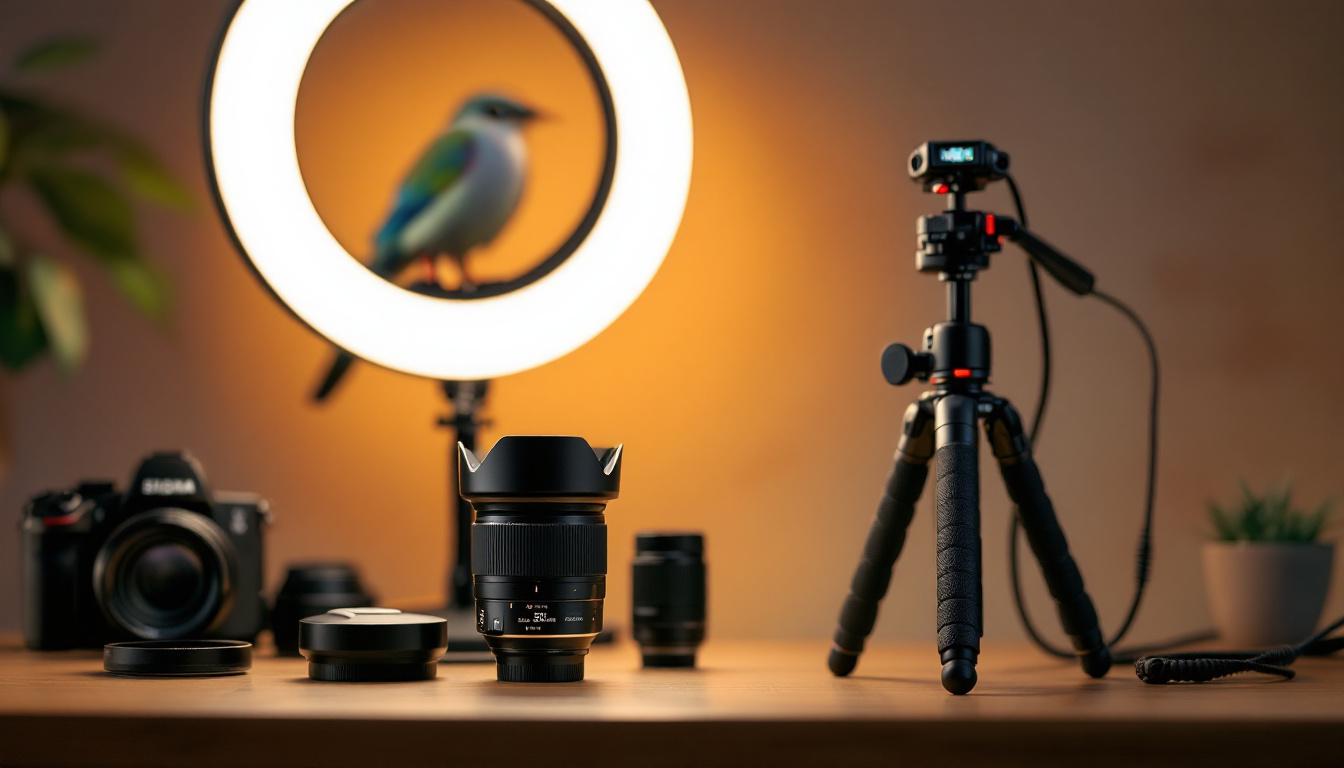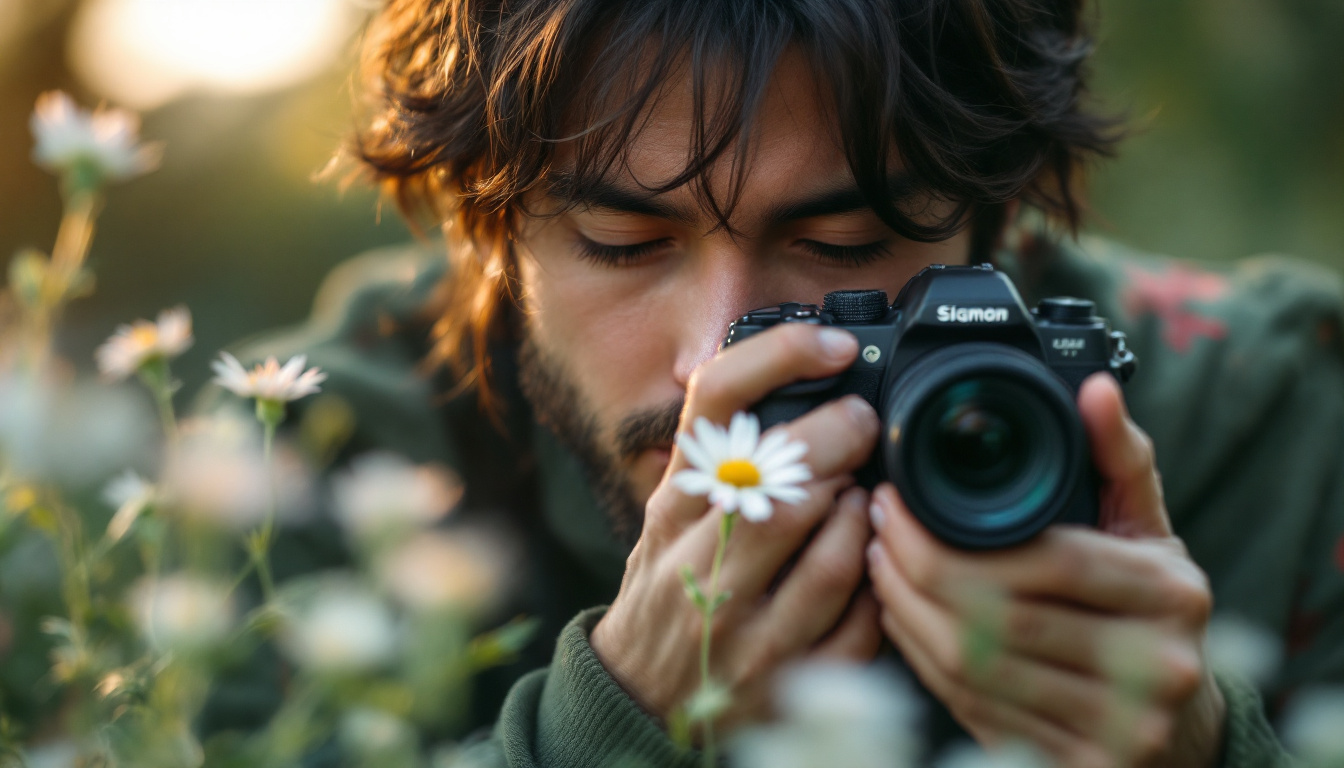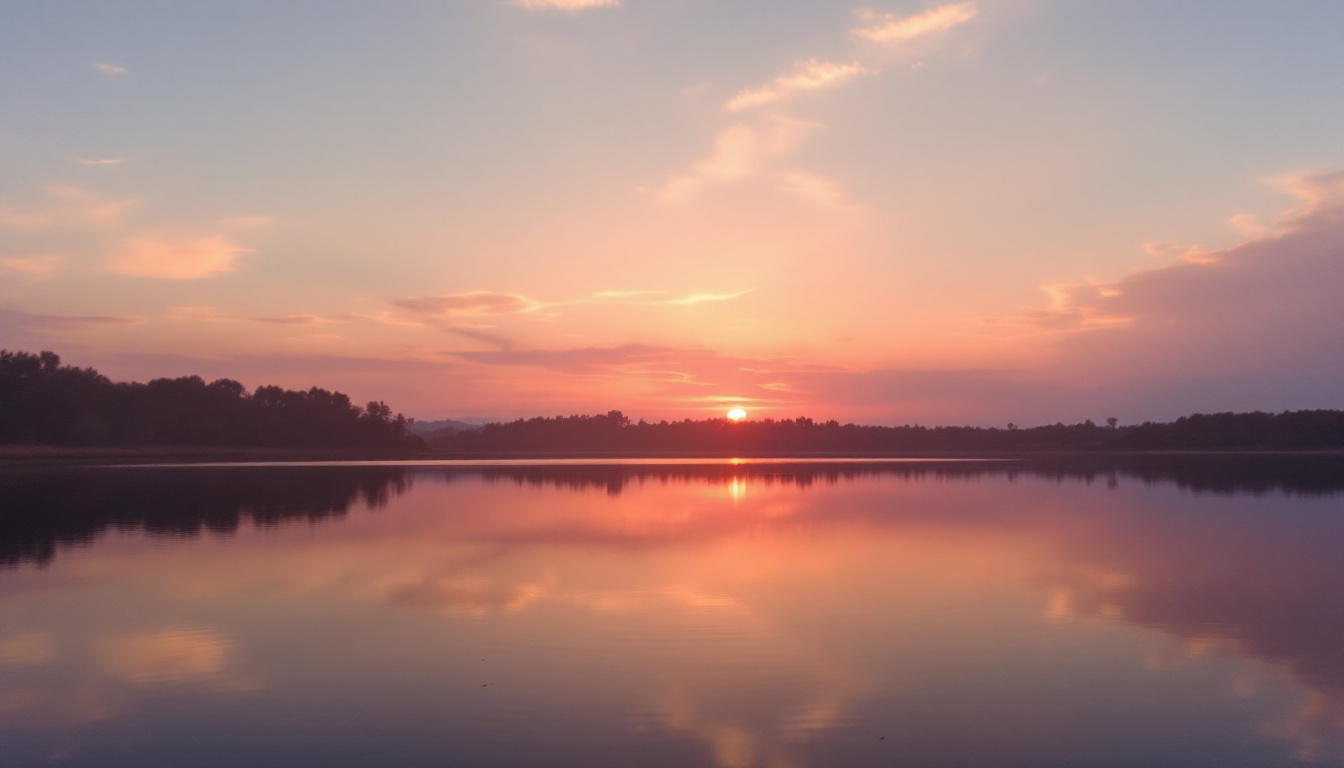Macro photography is a fascinating genre of photography that captures the intricate details of small subjects, often revealing a world that is invisible to the naked eye. This type of photography is not just about getting close to a subject; it’s about magnifying it to a point where its details become the focal point of the image. Whether it’s the delicate patterns on a butterfly’s wings or the texture of a dewdrop on a leaf, macro photography allows photographers to explore and document the minute details of the natural world.
Understanding Macro Photography
Definition and Scope
Macro photography is defined by its ability to capture subjects at a life-size ratio or greater. This means that the subject is projected onto the camera’s sensor at the same size or larger than it appears in real life. Typically, macro photography involves magnifications of 1:1 or greater, allowing photographers to explore the fine details of their subjects.
The scope of macro photography is vast, encompassing a wide range of subjects. From insects and flowers to everyday objects, the possibilities are endless. This genre of photography is not limited to nature; it can also include abstract compositions and artistic interpretations of small-scale subjects.
The Importance of Magnification
Magnification is a crucial aspect of macro photography. It determines how much of the subject is captured and how detailed the final image will be. A higher magnification ratio allows for more intricate details to be visible, which is essential for capturing the essence of macro photography.
Achieving the desired magnification requires specialized equipment, such as macro lenses, extension tubes, or close-up filters. These tools help photographers get closer to their subjects and achieve the necessary magnification for stunning macro shots.
Equipment Needed for Macro Photography
Macro Lenses
Macro lenses are specifically designed for close-up photography. They offer a high level of detail and sharpness, making them ideal for capturing the intricate details of small subjects. These lenses typically have a 1:1 magnification ratio, allowing photographers to capture life-size images of their subjects.

When choosing a macro lens, consider the focal length. Shorter focal lengths, such as 50mm or 60mm, are suitable for larger subjects or when working in tight spaces. Longer focal lengths, such as 100mm or 200mm, provide more working distance, which is beneficial when photographing skittish subjects like insects.
Extension Tubes and Close-Up Filters
Extension tubes and close-up filters are cost-effective alternatives to macro lenses. Extension tubes are hollow tubes that fit between the camera body and the lens, allowing the lens to focus closer to the subject. They are available in various lengths and can be stacked for increased magnification.
Close-up filters, on the other hand, are screw-on filters that attach to the front of a standard lens. They act like a magnifying glass, allowing the lens to focus closer to the subject. While they are less expensive than macro lenses, they may not provide the same level of image quality.
Tripods and Lighting
A sturdy tripod is essential for macro photography, as it helps stabilize the camera and reduce camera shake. This is particularly important when shooting at high magnifications, where even the slightest movement can result in a blurry image.
Lighting is another critical factor in macro photography. Natural light is often used, but it can be supplemented with artificial lighting, such as ring lights or flash units, to achieve the desired effect. Proper lighting helps highlight the details of the subject and adds depth to the image.
Techniques for Capturing Stunning Macro Images
Focus and Depth of Field
Achieving sharp focus is crucial in macro photography. Due to the shallow depth of field at high magnifications, it is essential to focus precisely on the subject’s most important features. Manual focus is often preferred, as it allows for greater control over the focus point.
Depth of field is another important consideration. A shallow depth of field can create a beautiful, blurred background that isolates the subject, while a deeper depth of field ensures that more of the subject is in focus. Adjusting the aperture setting can help control the depth of field and achieve the desired effect.
Composition and Background
Composition plays a vital role in macro photography. The rule of thirds, leading lines, and framing are all techniques that can be used to create visually appealing images. Experimenting with different angles and perspectives can also add interest to the composition.
The background is equally important, as it can either complement or distract from the subject. A clean, uncluttered background helps draw attention to the subject, while a busy background can detract from the overall impact of the image. Using a wide aperture to blur the background can help achieve a pleasing result.
Post-Processing Tips
Post-processing is an integral part of macro photography. It allows photographers to enhance their images and bring out the details that may not be immediately visible. Basic adjustments, such as exposure, contrast, and color balance, can significantly improve the final image.
Advanced techniques, such as focus stacking, can also be used to increase the depth of field in macro images. This involves taking multiple shots at different focus points and blending them together in post-processing software to create a single image with greater depth of field.
Challenges and Solutions in Macro Photography
Dealing with Limited Depth of Field
One of the primary challenges in macro photography is the limited depth of field. At high magnifications, the depth of field can be extremely shallow, making it difficult to keep the entire subject in focus. To overcome this, photographers can use smaller apertures or employ focus stacking techniques.

Focus stacking involves taking multiple images of the same subject at different focus points and combining them in post-processing to create a single image with an extended depth of field. This technique requires precision and patience but can yield stunning results.
Managing Lighting Conditions
Lighting can be challenging in macro photography, especially when shooting outdoors. Harsh sunlight can create unwanted shadows and highlights, while low light conditions can make it difficult to achieve a sharp image. Using diffusers or reflectors can help soften harsh light and create a more even illumination.
Artificial lighting, such as ring lights or flash units, can also be used to supplement natural light. These tools provide greater control over the lighting conditions and can help highlight the subject’s details effectively.
Overcoming Subject Movement
Subject movement is another common challenge in macro photography, particularly when photographing insects or other small creatures. To minimize movement, use a fast shutter speed or increase the ISO setting to allow for quicker exposures.
Patience and observation are key when dealing with moving subjects. Waiting for the right moment and anticipating the subject’s behavior can help capture the perfect shot. Additionally, using a remote shutter release or a timer can reduce camera shake and improve image sharpness.
Applications and Benefits of Macro Photography
Scientific and Educational Uses
Macro photography has significant applications in scientific and educational fields. It allows researchers to document and study the intricate details of small organisms, plants, and other subjects. These images can be used for research, publications, and educational materials, providing valuable insights into the natural world.
In educational settings, macro photography can be used to engage students and enhance their understanding of biology, botany, and other sciences. By capturing the minute details of specimens, educators can provide students with a closer look at the subjects they are studying.
Artistic Expression
Beyond its scientific applications, macro photography is a powerful tool for artistic expression. Photographers can use this genre to explore abstract compositions, create visually striking images, and convey emotions through the details of their subjects.
Macro photography encourages photographers to see the world from a different perspective, finding beauty in the small and often overlooked aspects of life. This creative exploration can lead to unique and captivating images that resonate with viewers.
Enhancing Observation Skills
Engaging in macro photography can enhance a photographer’s observation skills. By focusing on the details of small subjects, photographers learn to appreciate the intricacies of the natural world and develop a keen eye for detail.
This heightened awareness can translate to other areas of photography and life, encouraging photographers to look beyond the obvious and discover new perspectives. Macro photography fosters a deeper connection with the environment and inspires a sense of wonder and curiosity.
Conclusion
Macro photography is a captivating genre that opens up a world of possibilities for photographers. By exploring the intricate details of small subjects, photographers can create stunning images that reveal the beauty and complexity of the natural world. With the right equipment, techniques, and a keen eye for detail, anyone can delve into the fascinating world of macro photography and uncover the hidden wonders that lie beneath the surface.

Ready to take your macro photography to the next level? With Cliqora, you can effortlessly share your stunning close-up shots with clients and manage your photography business with ease. Say goodbye to the hassle of hard drives and cumbersome file-sharing services. Our platform offers super fast resumable uploads, AI face detection for private sharing, and a mobile app for clients to access their photos anytime. Plus, you can keep track of clients, contracts, and payments all in one place. Sign up now to create your first project for free and get early access to the tools that will elevate your photography business. Register for Early Access and discover the Cliqora difference today!
Macro photography is a specialised genre of photography focused on capturing extremely close-up images of small subjects, magnifying them to a life-size ratio or greater on the camera's sensor. This typically involves a magnification of 1:1 or greater, where the image projected onto the sensor is the same size as, or larger than, the actual subject. Unlike regular photography, which often captures wider scenes, macro photography reveals minute details that are usually invisible to the naked eye, requiring specialised equipment and techniques.
Several key pieces of equipment are helpful for macro photography. The most important is a macro lens, which allows for high magnification and sharp focus at close distances, generally with a 1:1 magnification ratio. You can also achieve close-up results using extension tubes, which fit between the lens and camera body to reduce the minimum focusing distance, or close-up filters that attach to the front of your lens. A sturdy tripod is essential for stability and reducing camera shake, especially at higher magnifications. Lighting is equally important, and can involve natural light, diffusers, reflectors or artificial sources like ring lights or flash units.
One common challenge is the extremely shallow depth of field that results from high magnification. This can make it difficult to keep the entire subject in focus. Using smaller apertures can help, and focus stacking - combining multiple images with different focus points in post-processing - is a common solution. Another issue is managing lighting, which can often be tricky when working outdoors due to harsh shadows. Diffusers and reflectors can help soften natural light, while artificial lighting options provide more control. Subject movement can also be problematic, so using faster shutter speeds or increasing ISO settings, combined with patience and anticipation, can be useful.
Focus is absolutely critical in macro photography due to the very shallow depth of field, which at high magnification means only a small part of the image can be in focus. Precise focus, often achieved using manual focus to select the subject's most important feature is important. Depth of field, controlled by the lens' aperture, is also essential to the overall effect. A shallow depth of field can blur the background and isolate the subject, but a deeper depth of field can be preferred when you need more of your subject in focus. Careful adjustment of the aperture is needed for the desired result.
Composition is key to a good macro photo. Traditional techniques like the rule of thirds, leading lines, and framing apply here just like in other forms of photography. Experimenting with different angles and perspectives is important to create visually engaging compositions. The background is just as important; a clean, uncluttered backdrop will help to draw attention to the subject, whereas a busy background could be distracting. Sometimes using a wider aperture to blur the background, helping isolate your subject, is preferred.
Post-processing is an important stage to enhance macro photos. Basic adjustments, like exposure, contrast and colour balance can greatly improve image quality. More advanced techniques like focus stacking, which combines multiple images focused at different points to enhance the final image's depth of field. These techniques help bring out details and achieve better results, improving the overall clarity and impact of macro images.
Macro photography has significant scientific applications, allowing researchers to document and study the fine details of small organisms, plants, and other scientific subjects. The images generated are used for research, publications, and in educational materials. It also allows for greater engagement for students in areas such as biology and botany. In the artistic domain, macro photography allows artists to explore abstract compositions, reveal overlooked details, and convey emotion through highly detailed imagery, encouraging viewers to see the world from a unique and alternative perspective.
Engaging in macro photography significantly enhances a photographer’s observation skills by making them focus on minute details of the world around them, developing a keen eye for detail. This heightened awareness translates to other areas of photography, and in life, encouraging a deeper connection with the natural environment. Macro photography fosters a sense of curiosity and a tendency to look beyond the obvious, discovering new and interesting details of our world.



